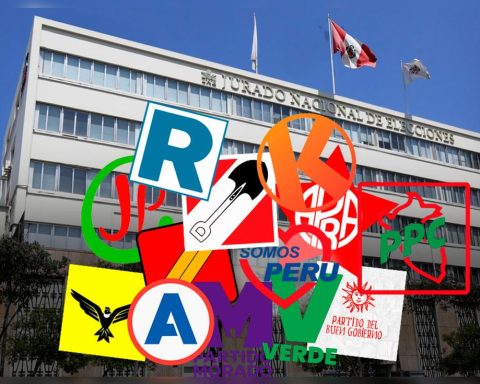Over the next four months, energy consumers across the country will be able to settle their light bill via Pix. The National Electric Energy Agency (Aneel) forced distributors to offer the Central Bank (BC) instant transfer system as a payment option.
Companies will have 120 days from the publication of the measure in the Official Diary of the Union to carry out the decision. According to Aneel, several distributors allow the payment of invoices by Pix, but other companies not only failed to offer the modality, but did not even have a forecast to implement the service.
“Pix came to modernize the payment system in Brazil. Today it is the most used. The electrical system could not be left out of this. Some distributors have already anticipated, they did it optionally. So, it’s up to Aneel to come and regulate and demand that everyone provide consumers with this tool”, said director Ricardo Tili, rapporteur for the process at Aneel.
Choice
Aneel clarifies that other forms of payment, such as invoices with a bar code, agreements with banks and direct debit from account remain valid. Pix will only add up as another choice for the consumer.
Pix can be offered as a QR code (photographed by the consumer’s cell phone) along with the barcode at the bottom of the light bill. In that case, the procedure can be done without the consumer asking. However, if the company wants to replace the usual form of payment with Pix, making it the default choice, consumer consent will be required.
According to Aneel, the adoption of Pix as a means of payment will bring advantages for both consumers and businesses. On the consumer’s side, in addition to having more options, it will avoid problems arising from the delay, which sometimes reaches two business days, for the payment to be written off. That’s because transactions via Pix are settled in real time.
For businesses, Pix will lower costs because QR code is cheaper than barcode printing.

















